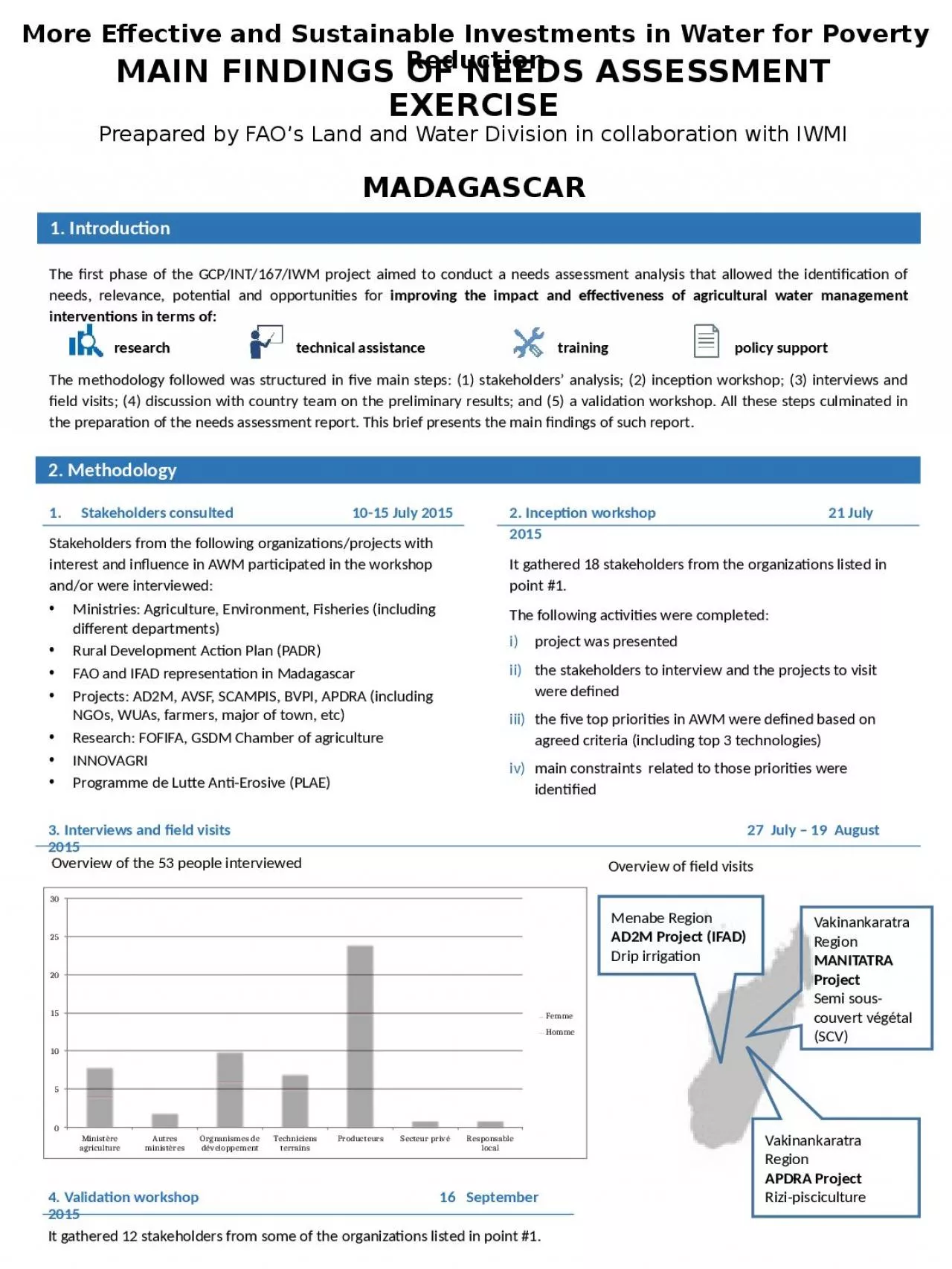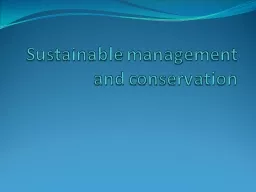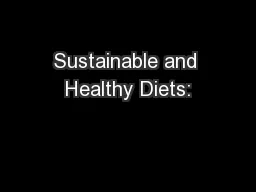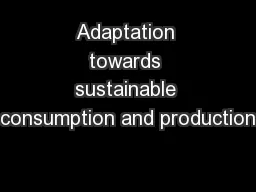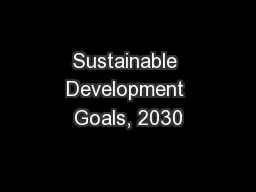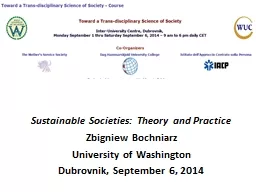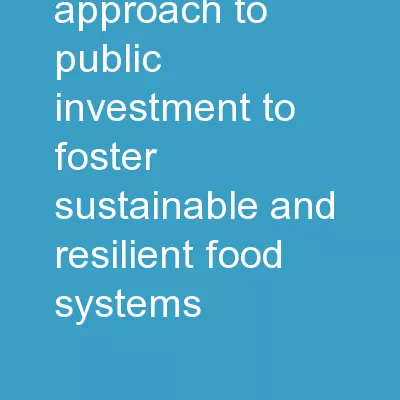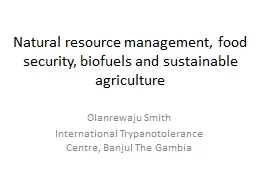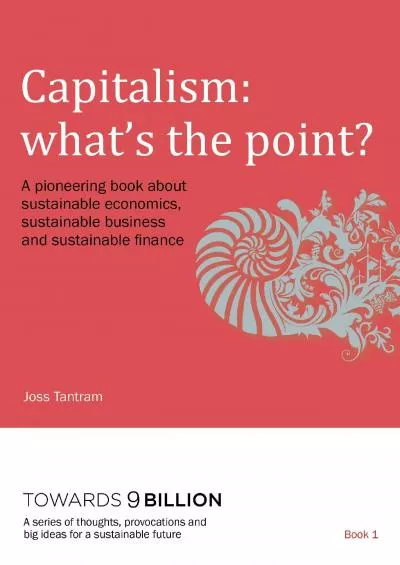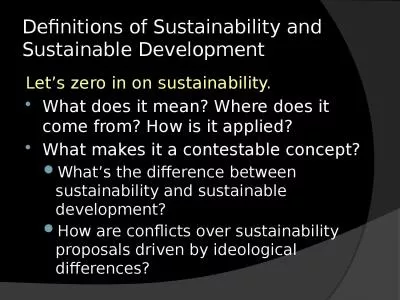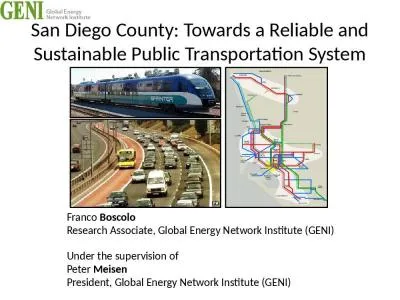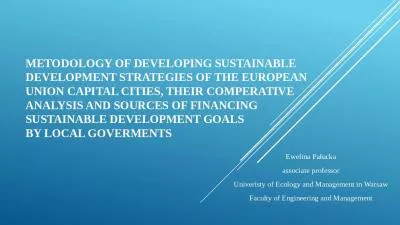PPT-More Effective and Sustainable
Author : isabella2 | Published Date : 2024-02-09
Investments in Water for Poverty Reduction The first phase of the GCPINT167IWM project aimed to conduct a needs assessment analysis that allowed the identification
Presentation Embed Code
Download Presentation
Download Presentation The PPT/PDF document "More Effective and Sustainable" is the property of its rightful owner. Permission is granted to download and print the materials on this website for personal, non-commercial use only, and to display it on your personal computer provided you do not modify the materials and that you retain all copyright notices contained in the materials. By downloading content from our website, you accept the terms of this agreement.
More Effective and Sustainable: Transcript
Download Rules Of Document
"More Effective and Sustainable"The content belongs to its owner. You may download and print it for personal use, without modification, and keep all copyright notices. By downloading, you agree to these terms.
Related Documents

